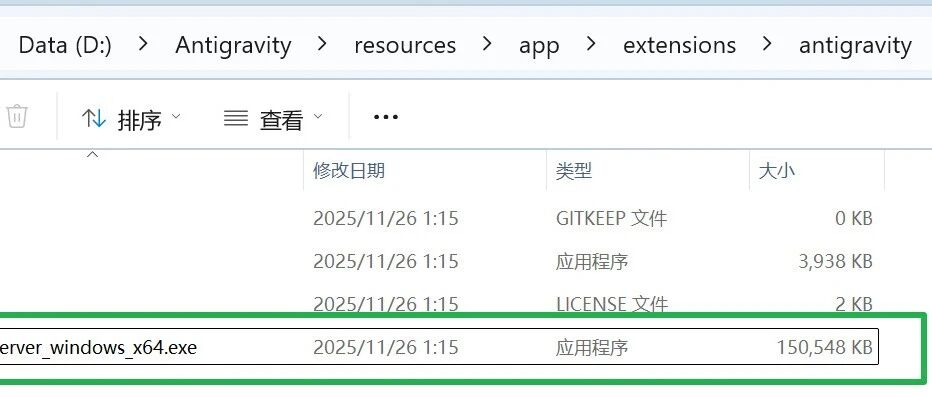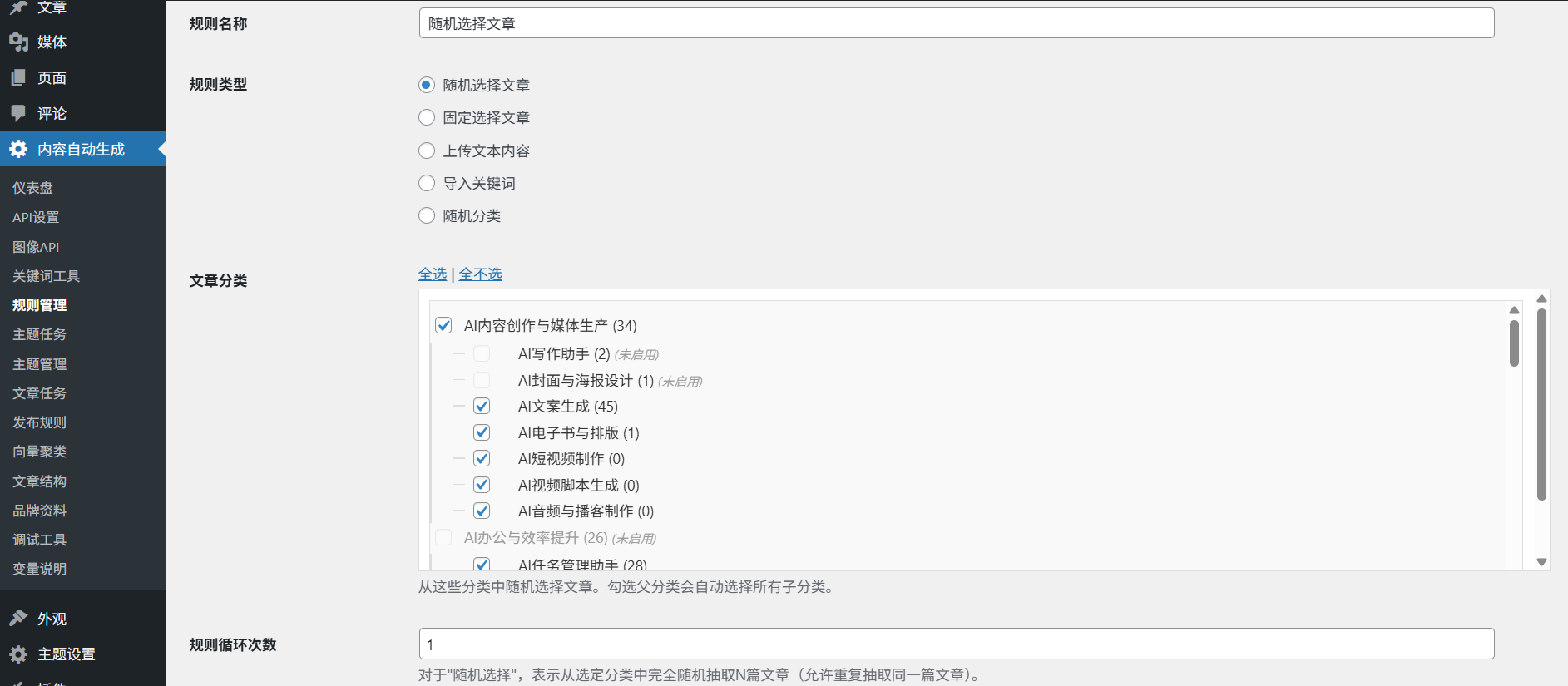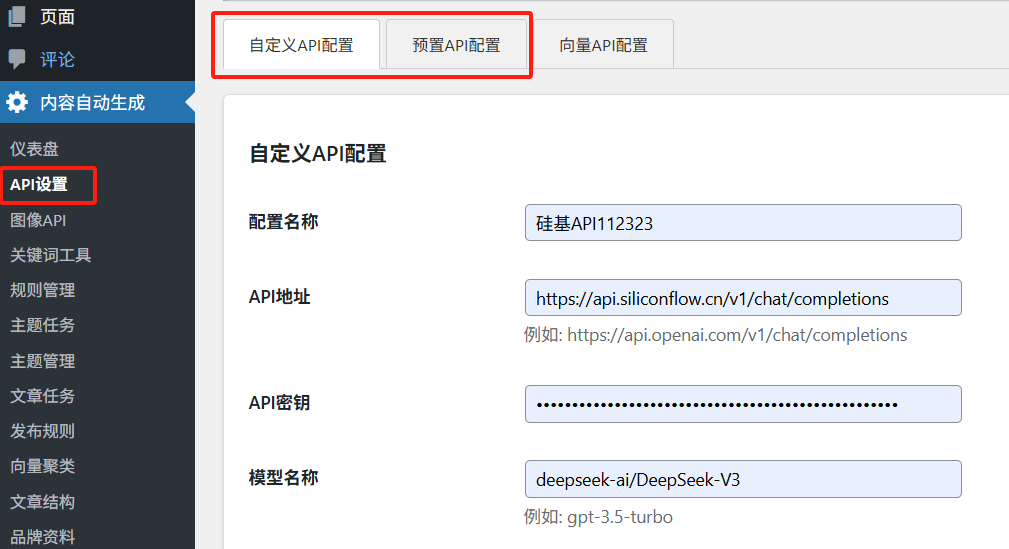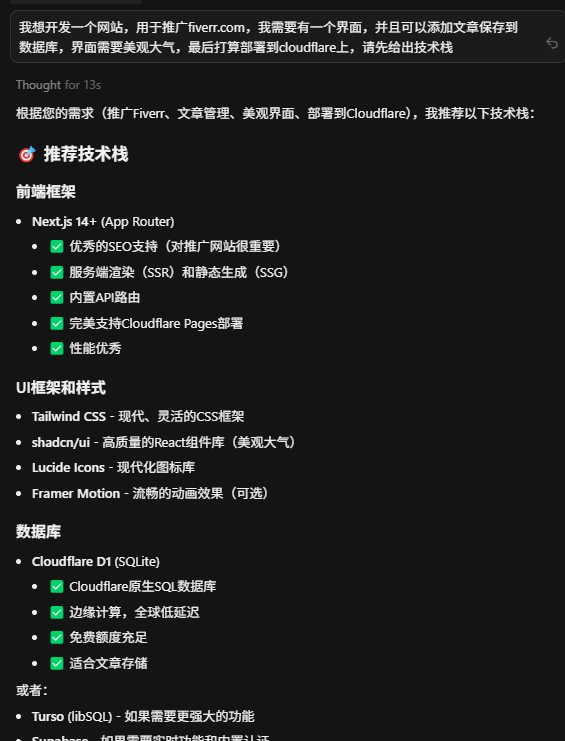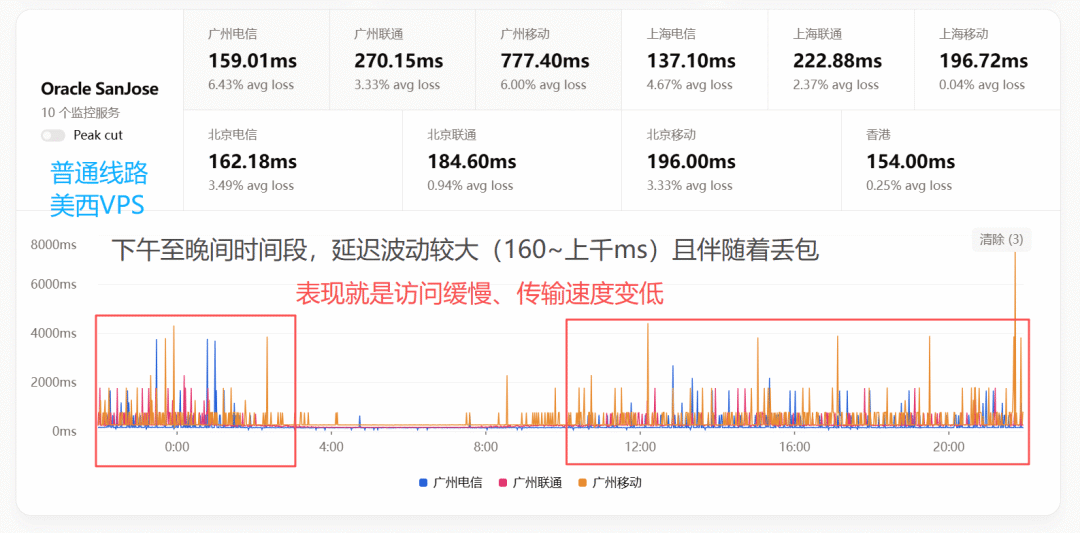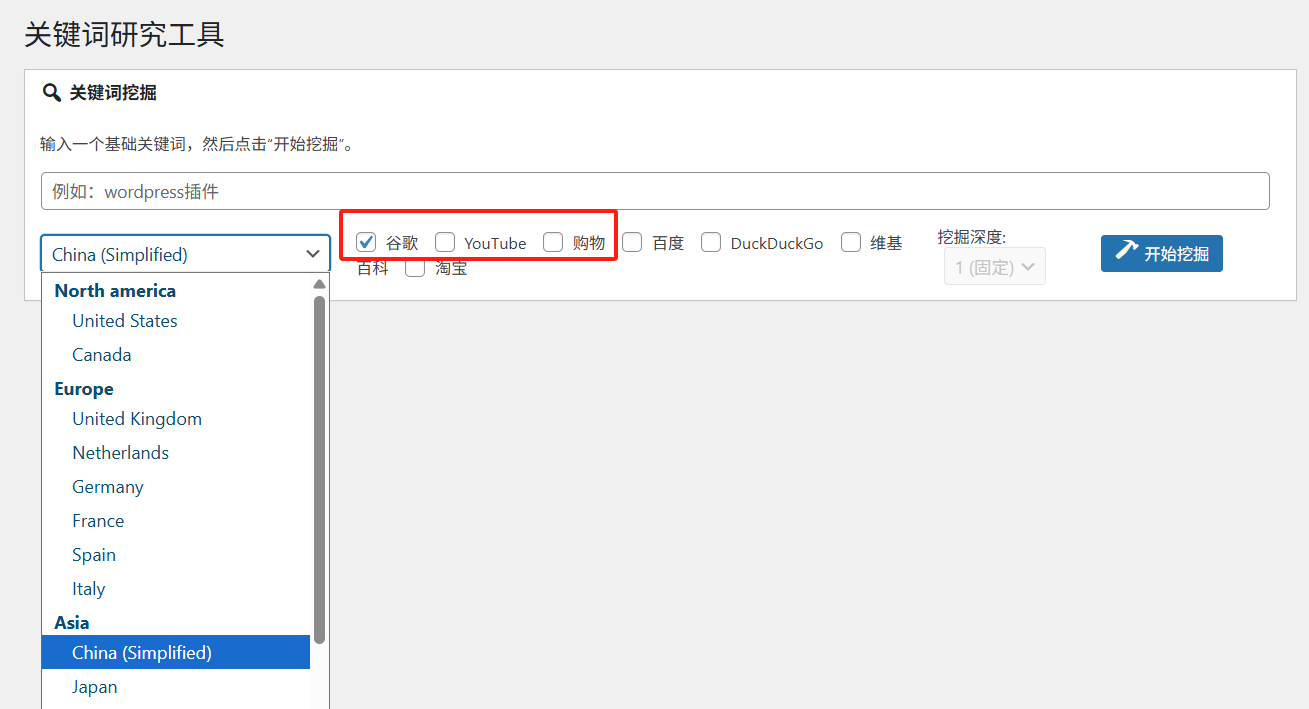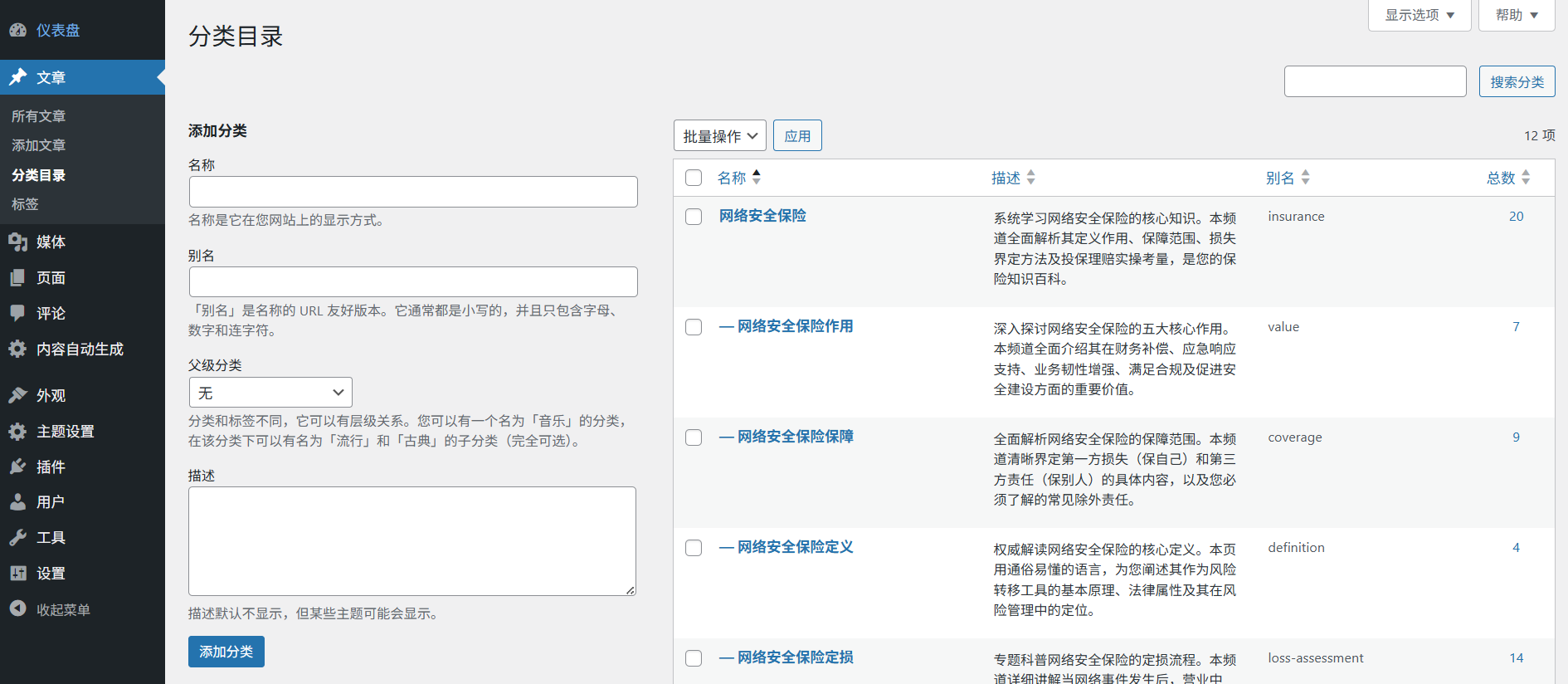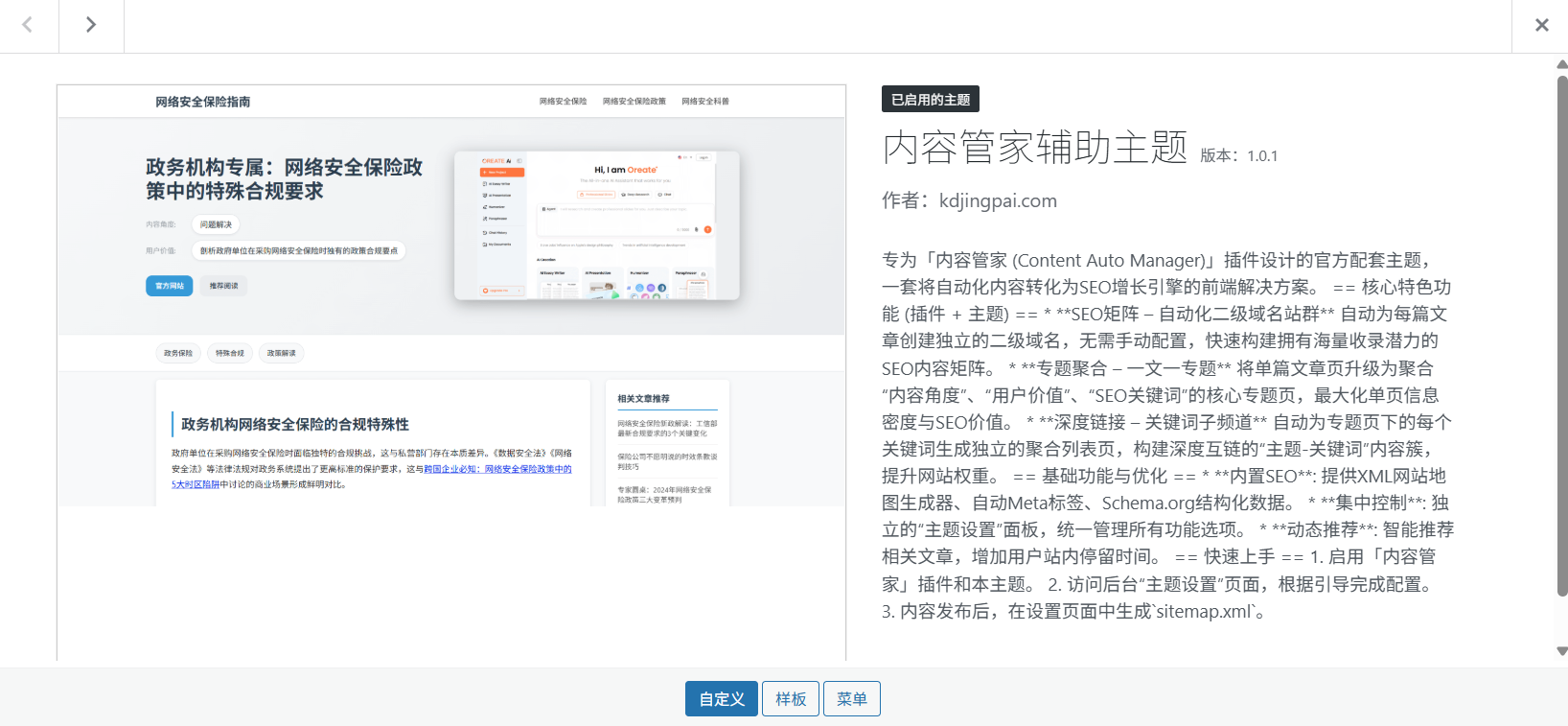OmniInsert is a research project developed by ByteDance Intelligent Creation Lab. It is a tool that seamlessly inserts any reference object into a video without the use of a mask. In the traditional video editing process, if you want to add a new object to a video, you usually need to manually create a precise "mask" to frame out the object, which is a very complicated and time-consuming process. Transformer Models) technology that automates this process. All the user needs to do is provide an original video and the object they want to insert (either a picture or another video), and the model will naturally blend the object into the new scene. It automatically handles lighting, shadows and colors to make the inserted object look as if it was already in that scene. The project aims to address the key challenges of data scarcity, subject-scene blending, and coordination, and has launched a program called InsertBench of new rubrics to measure their effectiveness.
Function List
- Maskless insertion: The core functionality eliminates the need for users to manually create masks, and the model automatically inserts reference objects seamlessly into the target video.
- Supports multiple reference sources: Insertion from single or multiple reference objects is supported, and the references can be from still images or video clips.
- Scene integration: Automatically adjusts the lighting, shadows, and tones of inserted objects to keep them in line with the style of the video background and achieve a harmonious visual effect.
- The main appearance is maintained: The data is passed through a file named
Subject-Focused Losstechnology to ensure that inserted objects maintain crisp detail and consistency of appearance in the video. - context-sensitive: Utilization
Context-Aware RephraserThe module understands the video context so that the inserted objects are better integrated into the original scene. - Automated data pipelines: The project internally uses a file named
InsertPipeof a data pipeline that can automatically generate large amounts of diverse data for model training.
Using Help
OmniInsert is currently a research project and its inference code has not yet been publicly released. As such, it is not yet available for general users to download and install directly. The following content is based on its published technical report, which provides a detailed explanation of the possible future use of the process and core technical principles to help users understand how it works.
Intended use process
When the code for OmniInsert is released, the process of using it is expected to be very simple. Users will no longer need specialized video editing software and skills such as Adobe After Effects or the dynamic masking (Rotoscoping) technology in DaVinci Resolve.
- Prepare material::
- Target Video: Prepare a video file to which you want to add an object (e.g., a video of a street scene).
- reference object: Prepare a picture or video containing the object you want to insert (e.g., a photo of a specific person, or a short clip of a running pet).
- provide input::
- Start the OmniInsert program (either through the command line interface or a simple graphical interface).
- Specify the file path of the "Target video" and the file path of the "Reference object" according to the instructions.
- priming process::
- Execute the generate command. The model will start analyzing each frame of the target video while extracting the core features of the reference object.
- Automatic Fusion and Generation::
- The model automatically recognizes the reference object and "sticks" it in the right place in the target video.
- In the background, the model performs complex calculations to adjust the size, angle, lighting, and color of the inserted object so that it looks like part of the original video. For example, if the scene of the original video is dimly lit, the inserted object will be dimmed accordingly.
- When processing is complete, the program outputs a new video file. This new video is the result that already contains the inserted object.
Core technology principle disassembly
In order for users to understand how OmniInsert can achieve "maskless insertion", we will introduce the key technologies behind it in a simple way:
- Diffusion Transformer modeling
This is the technical basis of OmniInsert. Think of it as a skillful "restoration painter". The diffusion model works by repeatedly adding tiny bits of noise to a clear image until the image becomes a random snowflake. The model then learns how to step-by-step "undo" the process, i.e., recover the original clear image from the snowflakes. In OmniInsert, this process is used for video generation: the model doesn't just recover the image, but in the process of recovering the image, it skillfully draws objects into the video, based on the "reference object" and "target video" you provide as conditions. in each frame of the video, based on the "reference object" and "target video" conditions you provide. - Condition-Specific Feature Injection
The mechanism sounds complicated, but the principle is simple. The model needs to understand two things at the same time: what the scene of the "target video" looks like, and what the "reference object" looks like. In order not to confuse these two pieces of information, the model designs different "channels" to inject these two pieces of information separately. One channel is dedicated to the characteristics of the video background (e.g., the layout and lighting of the scene), and the other channel is dedicated to the characteristics of the reference object (e.g., the appearance of the person, the color of the cat's fur). In this way, the model can clearly know "what to put where", so as to realize the balance between the subject and the scene. - Progressive Training
To get the model to better balance the video background and the inserted object, the researchers used a clever training method. In the early stages of training, they made the model focus more on the reference object itself, making sure that the model could draw this object accurately. In the later stages of training, they gradually increased the weight of the target video scene so that the model could learn how to naturally integrate this drawn object into its surroundings. This process is like learning to draw, first learn to draw people, and then learn to draw people in the landscape and deal with the relationship between light and shadow. - Insertive Preference Optimization
In order to produce results that are more aesthetically pleasing to humans, the project also introduces an optimization method that mimics human preferences. The researchers might use a set of scoring criteria to tell the model what kind of insertion is "good" (e.g., seamless, natural) and what kind of effect is "bad" (e.g., visible edges, mismatched lighting). By fine-tuning the model in this way, it gradually learns to produce more realistic and pleasing videos.
application scenario
- Post-production and special effects for film and television
In movie or TV series production, it is often necessary to add computer-generated characters or objects to live action scenes. Traditional methods are costly and time-consuming. With OmniInsert, small studios and even individual creators can quickly add virtual characters or props to live-action footage, greatly reducing the threshold and cost of special effects production. For example, in a sci-fi short film, a creator can easily insert a picture of an alien creature into a video of a city street. - Advertising & Marketing
Advertisers can utilize this technology to achieve "virtual product placement". For example, a newly released product (e.g., a beverage, a cell phone) can be seamlessly inserted into an existing popular video or movie clip without the need to re-shoot the scene. This is not only cost effective, but also allows you to quickly change the product to suit different markets and audiences. - Social Media and Content Creation
For video bloggers and content creators, OmniInsert provides a powerful creation tool. They can easily add popular emoticons, anime characters or any interesting elements from the web to their videos to create more creative and entertaining content that will attract more viewers. - Personal Recreation and Life Records
Ordinary users can use it to create fun family videos. For example, insert your child's favorite cartoon character into their birthday party video, or add a virtual pet to the daily record video of your family life to add a fun touch to your life.
QA
- How is OmniInsert different from traditional video keying and green screen techniques?
The big difference is that OmniInsert does not require "keying" or "green-screening". While traditional techniques require a solid background (e.g., green or blue) to easily isolate the subject, or a cumbersome process that requires the video editor to manually draw masks frame by frame to isolate the subject, OmniInsert is fully automated and simplifies the process by recognizing the subject directly from a picture or video with a plain background and seamlessly blending it into another video. - Can this tool insert any type of object?
According to the technical report, the model is designed to support the insertion of "arbitrary reference objects". This means that either a character, an animal or an ordinary object can theoretically be used as a reference source. It supports not only single objects, but also multiple objects. However, the final result may still be affected by factors such as the clarity of the reference object, lighting conditions, and the match with the target video scene. - Is OmniInsert free to use? When will the code be released?
OmniInsert is a research project whose research papers are now publicly available. According to its GitHub page, the code, models, andInsertBenchThe review dataset is planned to be released to the public in the future to promote research in related fields. The project follows the Apache-2.0 open source license, which means that once released, it will most likely be free for research and development. - What kind of computer configuration do I need to use this tool?
Although specific requirements have not been officially announced, based on the diffusion converter model it uses, it can be expected that it will require high computational resources, especially a powerful GPU (graphics processor) and sufficient video memory (VRAM). These types of models are typically more demanding on hardware when performing inference calculations, so they may run very slowly or even infeasibly on consumer-grade or computers without discrete graphics cards.



















